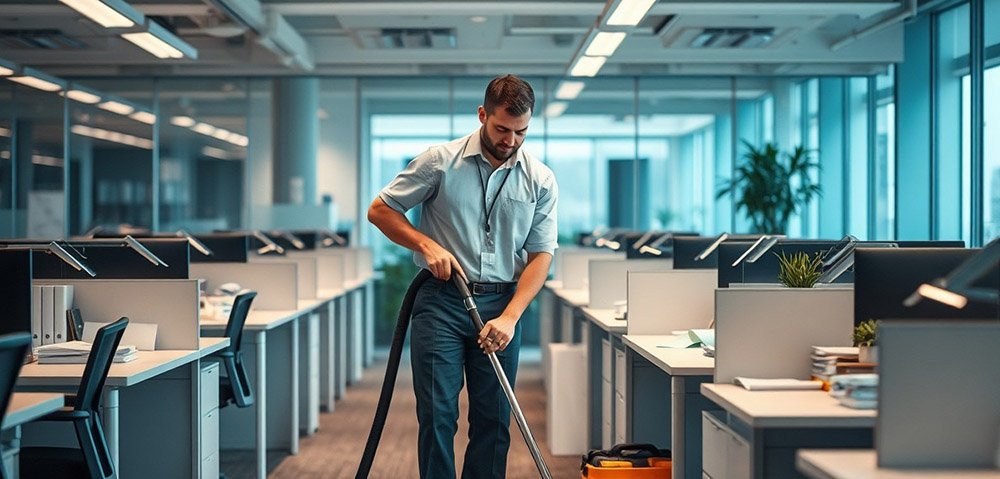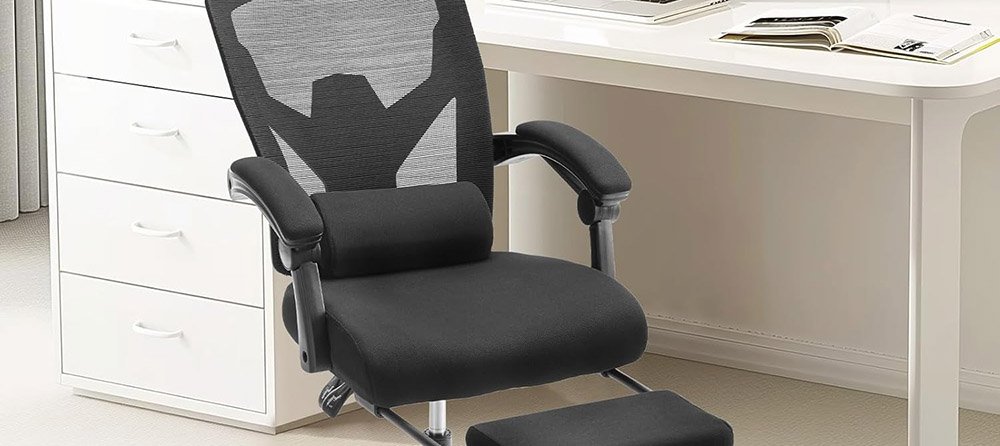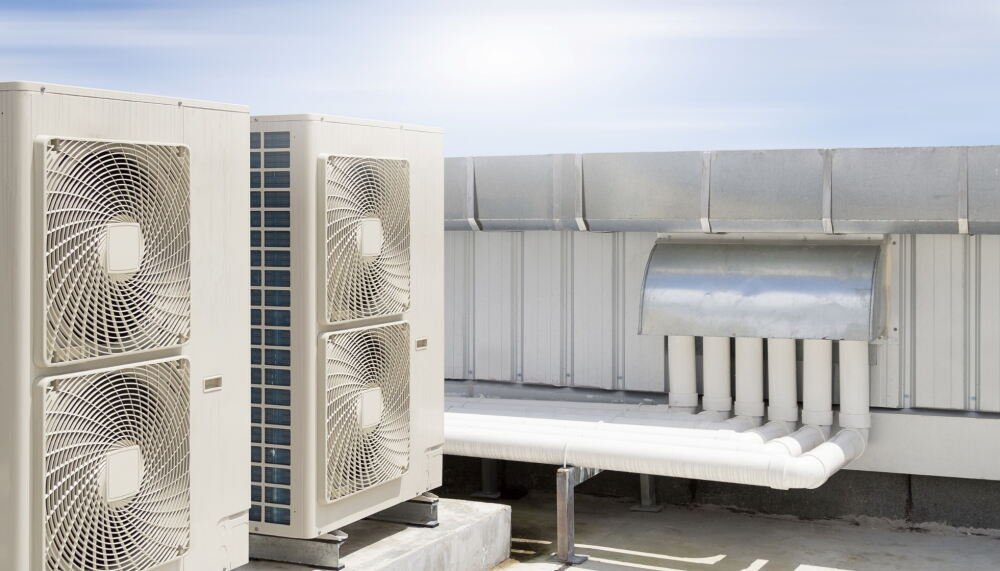Cleaning the office is essential to a healthy, productive, and professional workplace. A clean workplace reduces germs, boosts mood, and impresses clients and visitors. Understanding that workplace cleaning involves regular effort and a systematic strategy is vital.
The Importance of Regular Office Cleaning
The connection between cleanliness and productivity cannot be overstated. An organized, hygienic office environment contributes directly to the physical and mental well-being of employees, allowing them to focus more on their tasks and less on distractions caused by mess and clutter. Moreover, an office that is consistently clean sends a strong message of professionalism to both employees and clients. Clients are more likely to feel confident in a business that maintains a polished, orderly atmosphere.
Moreover, research consistently shows that a clean workspace can help reduce absenteeism by minimizing the spread of germs. In offices, shared spaces and frequently touched items, such as door handles, keyboards, and telephones, can be breeding grounds for bacteria. Regular cleaning can play a key role in reducing the potential for illnesses to spread, which is especially important during flu season or periods of heightened viral transmission.
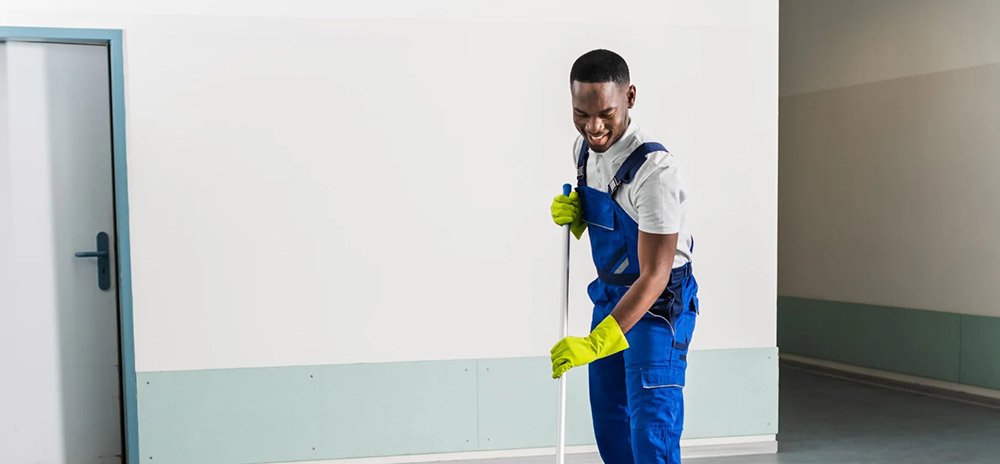
Establishing a Consistent Cleaning Schedule
To maintain an office that is consistently clean, having a regular cleaning schedule is essential. This schedule should include both daily and periodic tasks that cater to various aspects of cleanliness. Daily tasks might involve emptying trash bins, wiping down high-touch surfaces such as light switches and telephones, and vacuuming high-traffic areas. These actions keep the office hygienic and free of noticeable clutter.
In addition to daily duties, weekly and monthly cleaning tasks should be incorporated. These might include more extensive tasks such as window cleaning, deep-cleaning bathrooms, and vacuuming carpets. Larger tasks, such as shampooing upholstery and cleaning air vents, should be scheduled on a seasonal basis to ensure the office remains in optimal condition throughout the year. The goal is to develop a routine that ensures all areas of the office, including hidden corners, receive attention on a regular basis.
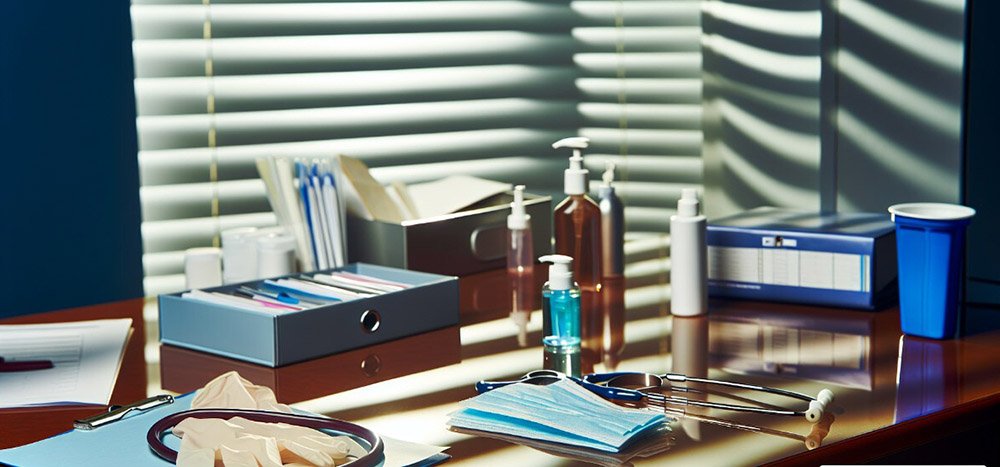
The Role of High-Touch Surfaces in Office Hygiene
One area that demands special attention in any office cleaning routine is high-touch surfaces. These surfaces—such as door handles, light switches, keyboards, and phones—are exposed to frequent contact, making them prime spots for the accumulation of germs and bacteria. Without regular disinfecting, these surfaces can become a major source of illness transmission.
The solution is to incorporate disinfecting into the daily cleaning process. Utilizing disinfectant wipes or sprays on these surfaces can help reduce the spread of harmful bacteria and viruses. This is especially critical during flu season or in the event of a contagious outbreak within the office. A proactive approach to cleaning high-touch surfaces can significantly contribute to employee health and reduce the number of sick days taken due to preventable illnesses.
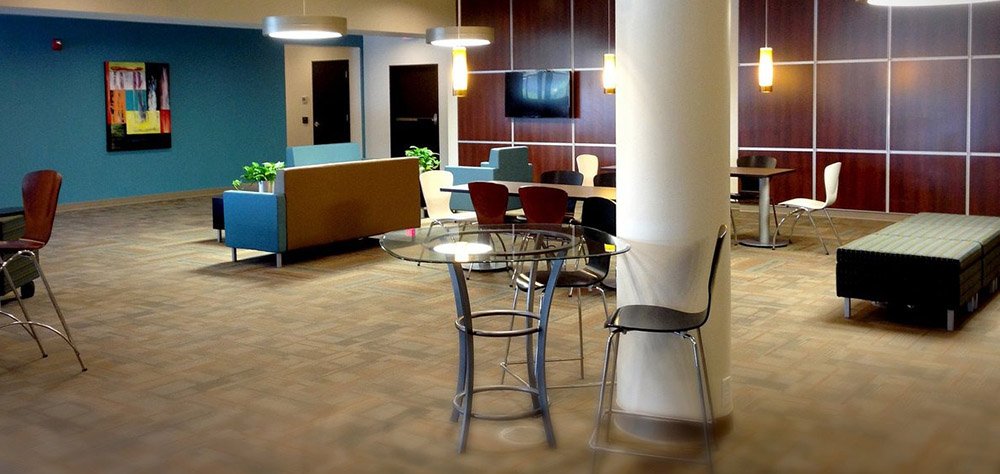
Employee Engagement and Participation
Professional cleaning services are important, but workers also help keep offices clean. Encouraging staff to arrange their workstations, wipe up accidents, and properly dispose of food waste may foster shared responsibility. Promoting cleanliness as a team may boost morale and make workers feel more engaged.
Distributing disinfectant wipes and hand sanitizers throughout the office encourages staff to clean their workstations and shared areas throughout the day. Employees make the workplace more pleasant and healthy by promoting cleanliness.
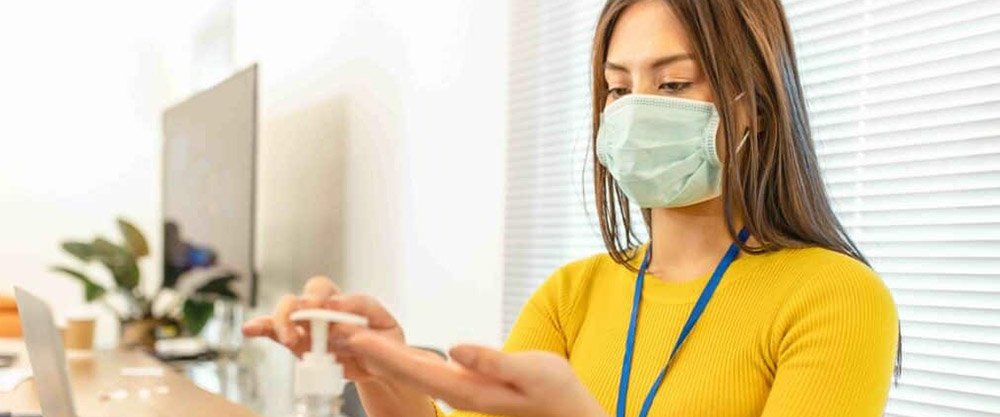
Restrooms and Kitchens: A Special Focus
Certain areas in the office require extra attention due to their frequent use and potential for germ buildup. Restrooms and kitchens are two prime examples. Regularly cleaning these spaces helps avoid the spread of bacteria and ensures a more comfortable environment for all employees.
In the restroom, tasks such as disinfecting toilets, sinks, and faucets should be performed daily to maintain a hygienic space. Additionally, soap, toilet paper, and paper towels should be stocked regularly to ensure employees’ needs are met. In the office kitchen, it’s essential to clean countertops, appliances, and sinks after each use to prevent spills from becoming breeding grounds for germs. Taking the extra step to clean out the refrigerator weekly can help prevent unpleasant odors and maintain a pleasant environment.
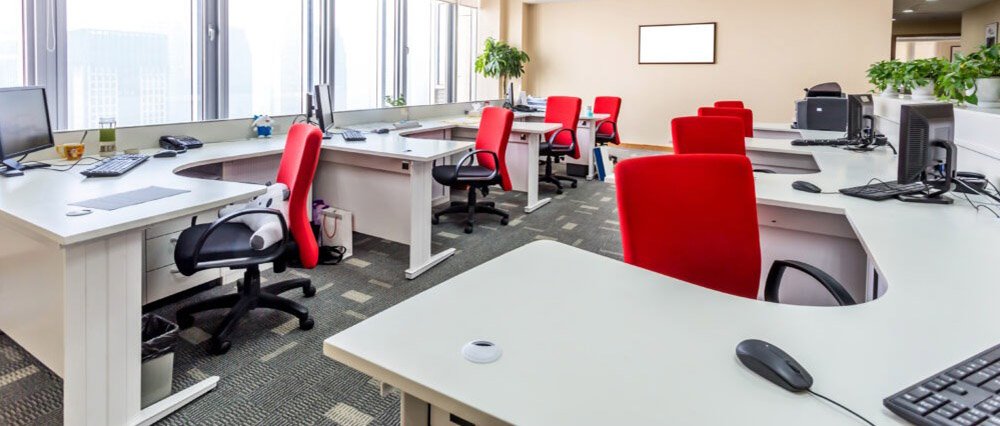
The Benefits of Professional Cleaning Services
Employees can keep the office clean, but professional cleaners can deep clean it. These providers have specialized equipment and experience for more than just cleaning. Carpet cleaning, window washing, and high-traffic area sanitization are common professional services. A quarterly or bi-annual cleaning schedule can assist maintain a better quality of cleanliness than an in-house method.
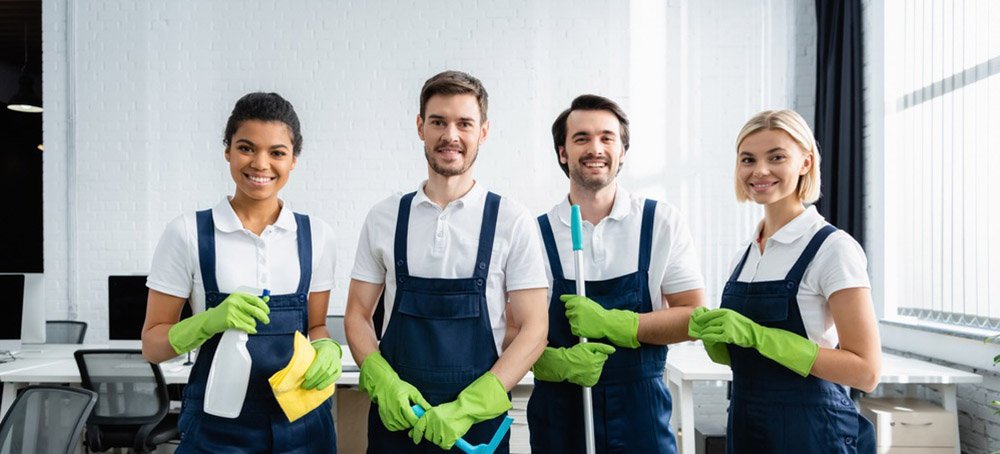
Air Quality and Waste Management
A critical but often overlooked component of office cleaning is the management of air quality and waste. Poor indoor air quality can lead to respiratory problems, fatigue, and reduced productivity. To improve air quality, offices should regularly replace HVAC filters and consider installing air purifiers. Adding indoor plants can also help to naturally purify the air while offering aesthetic value to the office.
In terms of waste management, it’s important to establish clear guidelines for trash disposal. Ensure that trash bins are emptied daily to avoid overflow, and provide clearly labeled bins for recycling to encourage eco-friendly practices. Moreover, educating employees about proper waste segregation can foster a more sustainable workplace.
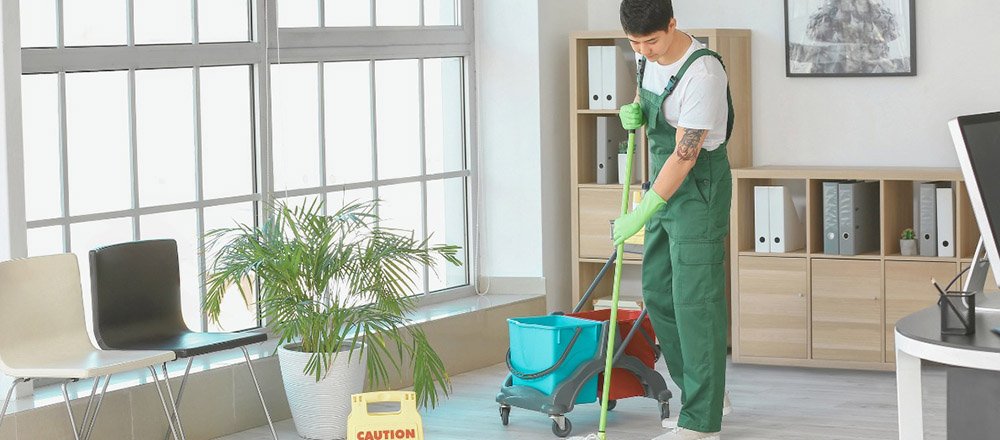
Regular Deep Cleaning and Feedback Loops
Deep cleaning should be scheduled periodically to maintain a pristine office. These tasks might include cleaning behind furniture, sanitizing office chairs, and dusting vents and ceiling fans. A quarterly or bi-annual deep clean ensures that hidden spaces, which often accumulate dust and grime, are thoroughly addressed.
Finally, it’s important to evaluate the effectiveness of your cleaning practices. By soliciting feedback from employees on cleanliness standards, businesses can make adjustments as needed and address concerns promptly. Regularly monitoring the office’s hygiene levels is key to maintaining a healthy, welcoming environment.
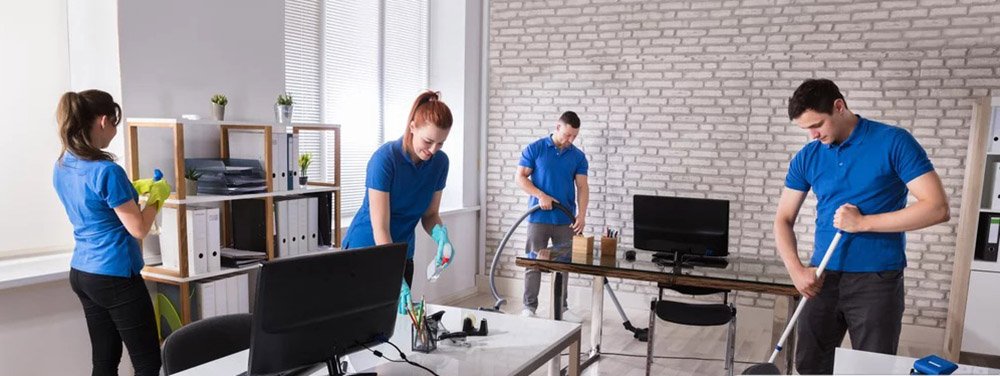
Frequently Asked Questions
Why is office cleaning important?
It promotes health, boosts productivity, and creates a professional environment.
How often should office cleaning be done?
Daily cleaning is essential for high-touch areas, while deeper cleaning should be scheduled monthly or quarterly.
Can employees contribute to office cleanliness?
Yes, encouraging employees to maintain cleanliness at their desks and shared areas helps.
Should professional cleaners be hired?
Yes, professional services offer deep cleaning and specialized equipment for better results.


